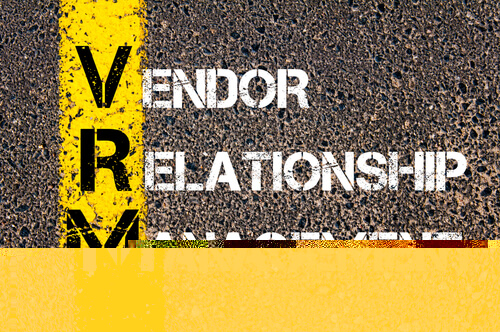
Vendor Management, Technology and You
Recently, we’ve seen innovative software tools and platforms designed specifically for community associations emerge, offering transformative solutions for streamlining vendor management. These technological advancements can










